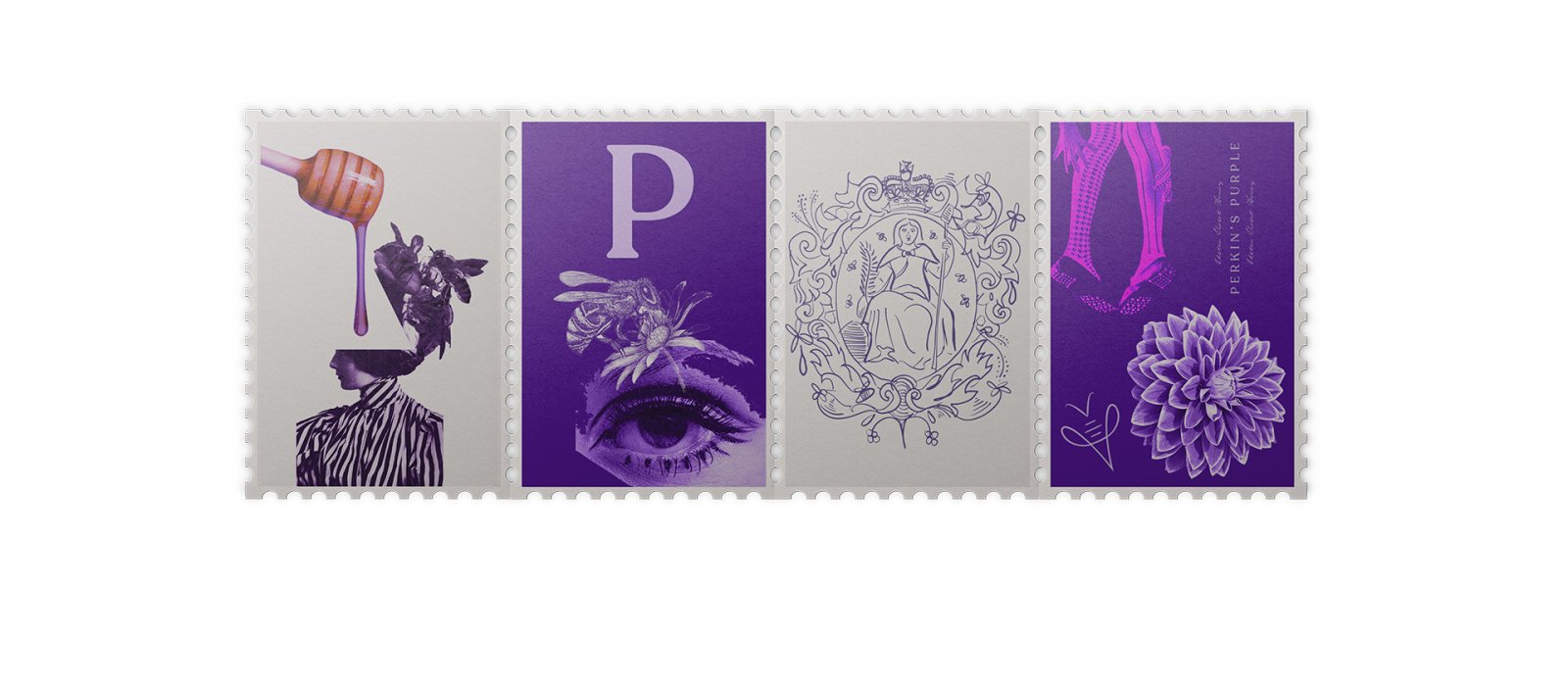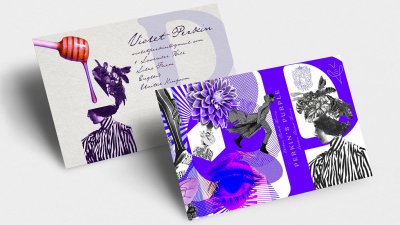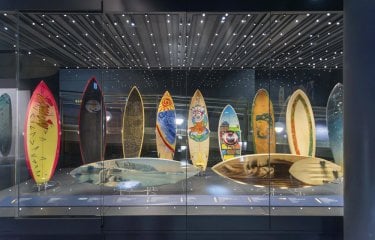What can you do with a graphic design degree

A graphic design degree offers a pathway to a range of careers where visual storytelling and problem-solving come together.
At Falmouth University, our Graphic Design degree doesn’t just focus on creative skills—it prepares you to think critically and adapt to a fast-changing world. From designing for digital platforms to engaging in social impact work, our course helps you explore your unique voice and equips you with versatile skills to succeed in roles you may not have even considered.
Discover how studying graphic design can be the start of a fulfilling, impactful career in a field that shapes the world around us.
What is graphic design?
Graphic design is simply the practice of creating visual content to communicate messages. It is one of the most versatile forms of visual communication, combining words and images, form and structure, time and space. It’s also incredibly influential, shaping everything from the clothes we wear to the political values we hold, and how we envision the future of our planet. You engage with graphic design hundreds of times each day – whether you are conscious of it or not, and it thrives as a discipline by looking for new ways to tell both familiar and emerging stories.
The notion of the graphic ‘idea’ is at the heart of this discipline – built on an understanding that key visual elements; line, form, colour, shape, material, texture and so on, all carry meaning. These meanings are the building blocks of a visual language that can be purposefully shaped into stories that communicate specific messages to given audiences. ‘Design’ in this context simply suggests a structured, systematic way of arriving at those ideas. As the saying goes ‘…you cannot not communicate…’ and our discipline utilises tried and tested processes that help develop great ideas time and time again.

Graphic design in the real world
Historically, graphic design has worked hand-in-hand with commercial business and its reach is significant, making the discipline highly desirable as a university degree choice. Think of the typeface you are reading right now. Or the layout of the website on your screen. The user interface on your phone or laptop, the box the phone came shipped in, the logo of the brand that made the phone. Every book, record sleeve and film-title sequence, every road sign, way-finding system and everything in your local supermarket… and we’re only getting started.
The future of graphic design
Graphic design, like most disciplines, is undergoing massive change – much like the world around us. Now, more than ever, the design industry is looking for purpose-driven thinkers who can respond to creative challenges and express them as human-centred communication problems. At Falmouth, on our course we want students to be able to think critically, engage with issues of environmental and social responsibility, as well as industry and commerce.
We need more voices to champion greater equality as the divide between rich and poor continues to widen. It’s also essential to bring attention to disparities in healthcare and to address the challenges posed by longer life expectancies. Graphic designers of today need to place ethics and sustainability at the heart of all they do – taking responsibility for the products they design and where they go, and we need to address the rise of globalisation and its dominating effect on the fragile world of which we are part.
Despite all of these urgencies, it is the most exciting time in the history of graphic design. There has been an exponential increase in demand for visual content, there are emerging technologies that are creating new opportunities for designers to visualise their ideas faster and cheaper. This is important, as it gives less commercially-driven organisations who desperately need good design, access to one of the most powerful tools on the planet.
Students on our Graphic Design course are part of a generation who understand first-hand the urgency of political, environmental or social change. As a course, we are committed to helping them to find ways of practically making this change happen.

What can you do with a graphic design degree?
There are two ways to think about a career in graphic design.
The first is the traditional ‘job-role’ approach, commonly used by many universities, including Falmouth. This approach focuses on specific titles that have been typical in studios worldwide for years, and many of our graduates find work in these areas. The second approach recognises that job roles themselves and society's needs are changing quickly. So, we have created a graphic design degree that emphasises adaptability, critical thinking, and the ability to identify new problems. This approach opens a range of exciting job opportunities beyond your degree.
Traditional roles in graphic design:
- Graphic designer
- Brand and identity designer
- Art director
- Editorial designer
- Typographer
- User Experience/User Interface (UX/UI) designer
- Web designer
- App designer
- Design writer
- Motion graphics designer
- Social media/content creator
- Design strategist
- Artworker
- Illustrator
- Photographer
- Educator
- Freelancer
Emerging roles in graphic design
Graphic design skills are valuable in almost every field, opening doors to diverse career paths. With a graphic design degree, you can work in healthcare and wellness, politics and government, architecture and urban planning, environmental and sustainable development, immersive media and experience design, and education in all its forms.
There are also opportunities in the arts, such as museum curation, as well as in media, like community radio and podcasting. Increasingly, graphic design graduates are playing central roles in new start-ups—whether traditional or tech-focused—and many are using their design expertise in storytelling, writing, and content creation as standalone careers.
Skills for your CV
Falmouth’s Graphic Design degree is deliberately broad and will equip you with a wide range of technical skills to help bring your ideas to life. These skills are introduced gradually over the three years, aligned with the course’s focus at each stage. As the course progresses, you'll have more flexibility to shape your technical skillset around your own goals and evolving vision as a designer, allowing you to tailor your technical development with your emerging ambitions.
Idea generation
Throughout all three years, you’ll explore different ways to generate ideas. You’ll learn about design models like the Design Council’s ‘double-diamond,’ as well as approaches like creative play and using personal intuition to develop your creativity. These methods touch on some key psychological ideas—such as identity, habits, and routines—that are also valuable for designers.
Physical making
We pride ourselves in championing graphic design as a ‘hands-on’ discipline and the ‘making’ of your ideas is at the heart of the course. Over the years, we have run workshops in bookbinding, screen printing, physical computing, 3D printing, risograph printing, and wood and metal working. Students also have access to photography, film, and audio studios, along with equipment stores stocked with a wide range of cameras, recording technology, and output devices. Some resources are available for immediate use, while others require an induction, all supported by our team of technical specialists.
Software training
You’ll take part in training workshops led by our senior technicians to learn key software tools, primarily focusing on the Adobe Creative Suite. You’ll start with InDesign, Illustrator, and Photoshop, and later move on to After Effects and Premiere Pro. After these introductory sessions, we offer studio support to help you apply what you’ve learned.
Becoming a specialist
As you enter the latter half of the course (and particularly the final year) the spotlight turns to what you need as an individual. Each student will be pursuing a unique version of what graphic design is, and the technical support becomes rooted in your own curiosity. Instead of structured tutorials, support is tailored to your project requirements. Falmouth also offers open workshops, giving you access to most facilities and the chance to work with skilled technicians from other departments. If you need support that isn’t available in-house, we’ll help find creative solutions to meet your project needs while keeping your core ideas at the centre.

Soft skills
Students build a wide range of soft skills during their graphic design degree. Graphic design isn’t just valuable because it leads to job opportunities; it’s popular because the skill-set you develop is transferrable to almost every area of the human experience. In particular, we encourage:
Critical thinking
Students develop an approach to understanding, analysing, and critiquing our subject (graphic design), our society (the context for our work) and self (as the originator of ideas).
Adaptability
The world is changing rapidly, and new opportunities are ending and beginning faster than we can keep up. If change is the new normal, the ability to adapt must be central.
Articulation
Having a great idea is only half the battle. Communicating verbally, visually, textually, materially must be done with care, control and integrity.
Collaboration
The problems we are wrestling with cannot be addressed in isolation. Even if you work remotely, no-one is an island, and we need each other’s input.
Problem finding
Moving beyond ‘solving’ problems, students develop the capacity to identify and frame societal challenges and to then applying design thinking in a far more meaningful way.
Why study Graphic Design at Falmouth?
Falmouth University has taught graphic design for over 30 years, and the course has won numerous student awards, assessment schemes and industry accolades. There are many great reasons to study graphic design at Falmouth and here are some of the core values we prioritise:
It all starts with you: Your unique creative perspective is key to the continued success of both the course and the field of graphic design. The course is designed to offer both structure and flexibility, allowing you to forge your own path in the industry.
People first: We learn together as a ‘studio society’ with our own dedicated space, core values and an ambition to make the world fairer and more just through the work we develop – individually, internally and externally.
Interdisciplinary teaching: As a university that specialises in the creative industries, our degree integrates with many of the other disciplines at Falmouth, making a versatile and dynamic learning experience.
Industry-standard facilities: Building on our creative specialism, graphic design students can access facilities across the university, benefitting from investment in state-of-the art technologies, both analogue and digital.
A critical attitude: We must think critically, so we push you beyond simply doing more industry briefs to develop an ability to challenge the status quo, and provoke meaningful change.
Industry: With an international reputation built over decades, and a strong industry network, we encourage you to develop connections that last well beyond your time with us.
Environment: We are based in one of the most beautiful counties in the UK and see learning as a holistic, interconnected experience, where space, rest and reflection are matched with hard-work, challenging projects and no easy answers.

Got a question about this course?
If you want to know more about the course structure, our application requirements or what our graduates have gone on to achieve, our friendly course team is here to help.
Chat to Andy




